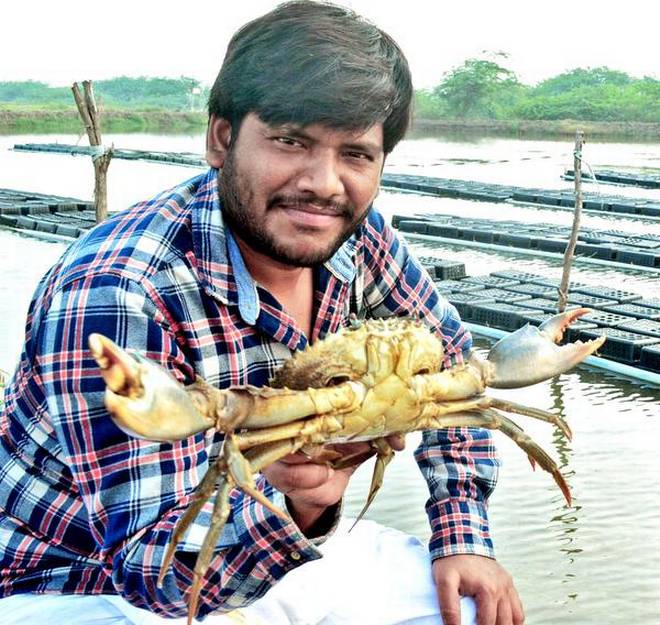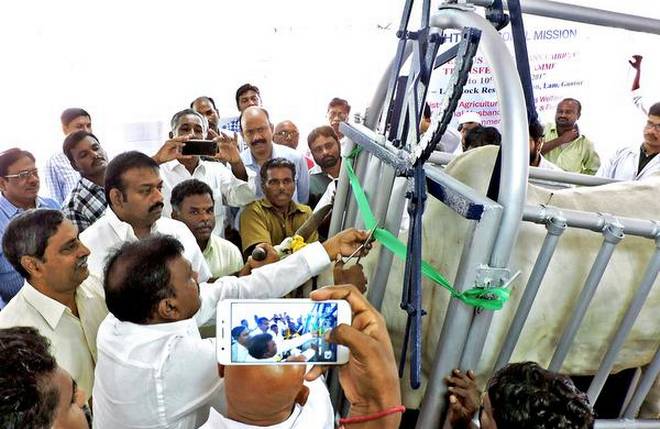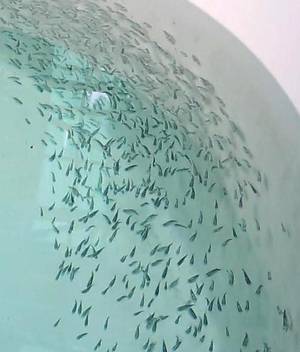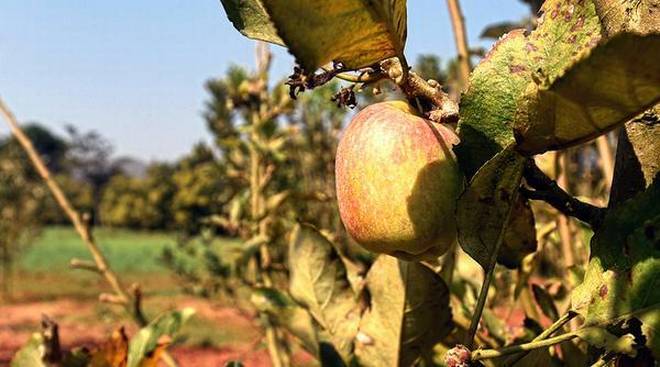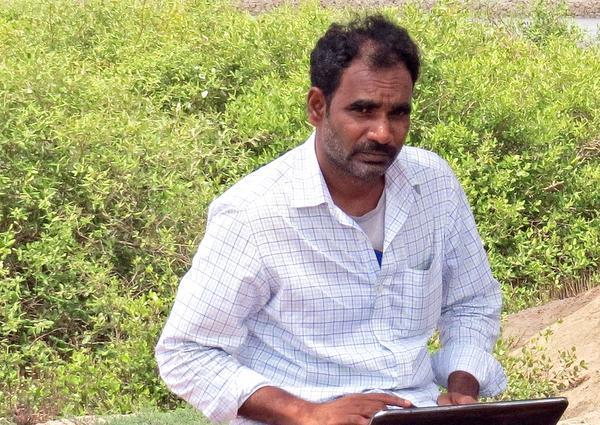Local farmers get direct export orders from agents in the Gulf
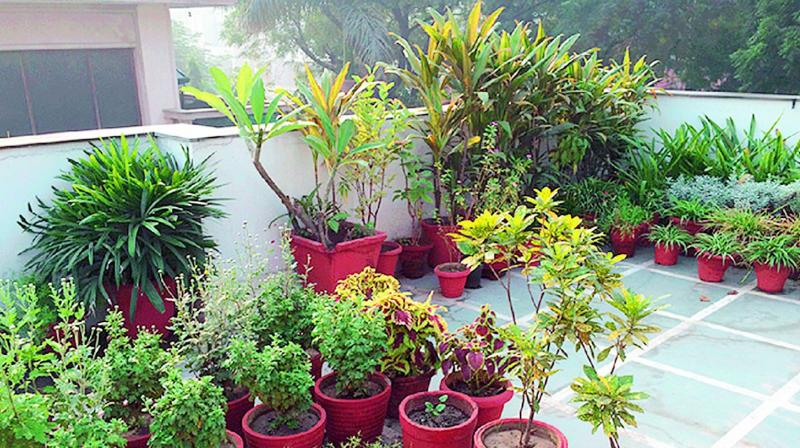
Rajahmundry:
Given the huge demand for ornamental, fruit and ‘avenue’ plants from Kadiam nurseries in the Gulf, nursery farmers have exported plant material worth over $1.5 lakh to Dubai, Singapore and other countries in the current fiscal year, so far. Fruit plants like mango, ‘sapota’, guava, jackfruit, orange, ‘nerudu’, and ornamental plants like several varieties of colourful croton and ‘avenue’ plants like ashoka, kanuga, coconut, palm and others are being raised in plant nurseries located in several villages in Kadiam mandal in East Godavari. These plants are in huge demand in several Gulf countries. Local farmers get direct export orders from agents in the Gulf.
The farmers export tall plants which grow to a height ranging from four to eight feet and aged two years and above by placing them in cocoa peat, to bring down the weight of the plant. The farmers transport the plants in big refrigerated containers on trucks to the sea ports located either in Visakhapatnam or Chennai to export to the Gulf in cargo vessels. The plants can survive for a period ranging from 15 to 20 days in these refrigerated containers.
Horticulture authorities say that the quantum of export of plants to foreign countries from Kadiam nurseries is 0.5 per cent of the total potential and underlines the importance of enhance it to at least 10 per cent, so that local farmers benefit. The authorities also feel the need to tap the plant market in the US, as there has been no export business carried out here by Indian farmers. They say that the plant quarantine is imperative to create an export market.
This is mainly because no plant with pesticide residue will be accepted abroad. In addition, the plant must be ‘whole’, meaning its stem, branches and leaves must be healthy. They must also be free of diseases and pests and show no signs of this, in the form of scars. At present, the authorities are depending upon analysis of plant material at the Horticulture Research Station.
source: http://www.deccanchronicle.com / Deccan Chronicle / Home> Nation> Current Affairs / by Sampat G. Samaritan, Deccan Chronicle / November 27th, 2017
